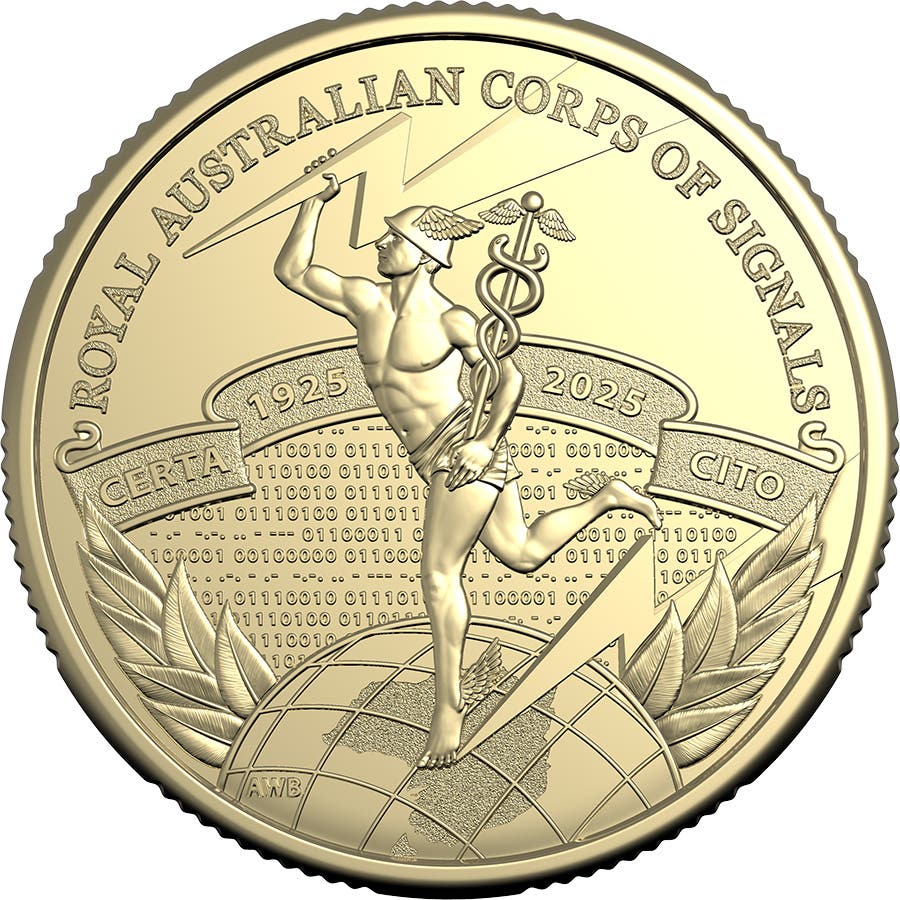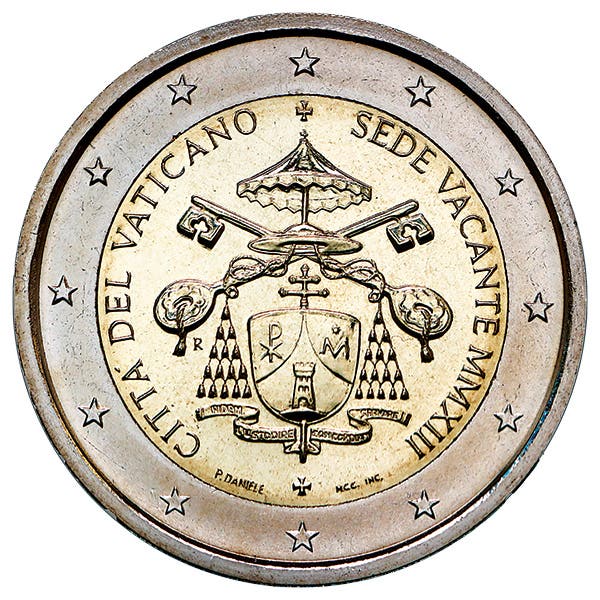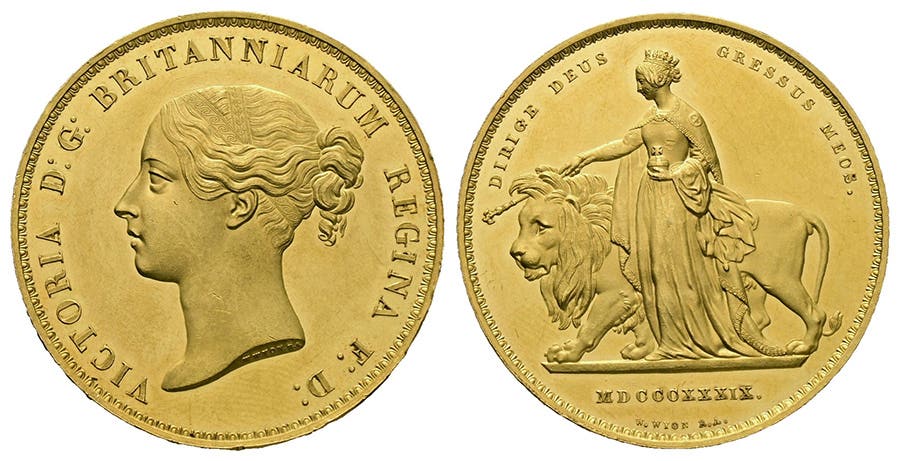Gold news stamped on quarter eagle
During the 17th and 18th centuries in some European countries, it was the practice to occasionally honor the sources of bullion on the coinage. The metal came from various sources,…
During the 17th and 18th centuries in some European countries, it was the practice to occasionally honor the sources of bullion on the coinage. The metal came from various sources, sometimes even from naval battles, as for example in 1745 when the London Mint marked gold and silver coins with “Lima” to record the origin. For the coinage of the United States, however, this has happened only once, in 1848. It was all due to the discovery of gold in California, as a result of the war with Mexico.
It all began in the early 1830s, when the Mexican authorities attempted to impose harsh rules on its various regional governments. Several states were soon in open rebellion, but only the Texas revolt was successful, this area gaining its independence in 1836. Texas had been heavily settled by Americans, and there was soon a desire for Texas to join the United States.
The rulers in Mexico City made it plain that there would be war if Texas joined the United States. These threats, both public and private, discouraged the United States Congress from accepting Texas as a state for several years. In 1845, however, tiring of the threats, Congress passed legislation admitting Texas to the Union.
In March 1845, James K. Polk became president, and it was no secret that he wished to acquire the lands all the way to the Pacific Ocean for the United States. Negotiations were opened with Mexico City but went nowhere. Polk knew, however, that it was only a matter of time until the Mexican military threw caution to the winds and crossed into the United States.
War in fact came in late April 1846 when Mexican troops attacked a small detachment of American soldiers encamped just north of the Rio Grande River, the line established when Texas had gained its independence in 1836. By the early summer of that year, the war was in full force, with U.S. troops moving on Mexico from several directions. Two of these thrusts were aimed at California, one by sea and the other by land.
The overland forces were commanded by charismatic Brigadier General Stephen Kearny, who led his forces out of Leavenworth, Kan., in June 1846. In a little over five months, he arrived in California, having conquered most of northern Mexico in the process. His heroic actions were long celebrated in poems and prose, but the praise turned out to be a little overstated. Later, researchers discovered that President Polk had sent an agent to visit the Mexican generals controlling these areas; the agent carried a large bag of gold coins and left most of the coins with the generals. Kearny found that his path was considerably smoothed by the President’s clever foresight.
One of the detachments raised by Kearny was composed of Mormon men, who had lately been driven, with their families, out of Illinois for their beliefs. Reacting to Kearny’s appeal for volunteers, the Mormon Battalion joined his march with the aim of finding new homes in California and then sending for their families. Some of these veterans later went to work for Swiss native Johan Augustus Sutter; they served under a foreman named James Marshall, who had come to California from Oregon in 1847.
Meanwhile, Kearny attempted to exercise his legal authority as military governor of California and was thwarted by Commodore Robert Stockton, the naval commander. There was an angry exchange of words, which was won by the Navy, as they outnumbered Kearny’s men and were the better armed. Stockton’s high-handed methods, however, provoked the native Californians to rebel, which was only put down with some difficulty. A short time later, Col. Richard Mason arrived from Washington and restored Kearny’s authority; Mason himself later assumed direct rule of the region.
On Jan. 24, 1848, James Marshall found himself inspecting some digging done by the Mormon employees for a new water channel at one of Sutter’s outlying mills, on the south fork of the American River, northeast of San Francisco. One of the workmen, Henry Bigler, kept a diary and recorded the following under that date: “This day some kind of mettle was found in the tail [lower] race that looks like goald …first discovered by James Martial the boss of the Mill.” It was a momentous discovery and one that would change the face of the American West forever.
Marshall quickly rode the 50 miles to Sutter’s Fort, the headquarters of the Swiss entrepreneur. In great secrecy and very melodramatically, Marshall told Sutter about the discovery. All of this was wasted effort, however, because too many persons had already talked, and within a fortnight, the entire countryside knew of the discovery. By mid-March 1848, San Francisco newspapers were openly discussing the strikes, although at first there was some doubt in the mind of the editors about the truth of the reports.
The persistent rumors of gold led Col. Richard Mason, now full military governor of California, to lead a small party of men on a tour of the area. A map-maker with the group drew the principal typographical features of the region for Mason so that it could be sent to the War Department in Washington. At the same time, Mason and his men actually panned for gold on a few occasions in addition to purchasing numerous samples of the yellow metal at various spots along the American River.
In all, Mason gathered just over 230 ounces of dust and nuggets, packing it in a tea caddy for shipment to Washington. Lieutenant Lucien Loeser was entrusted with the duty of delivering Mason’s detailed report on his tour of the gold fields, the map, and the gold that had been so easily obtained.
It is an interesting sidelight to history that the junior officer who actually prepared the letter to Washington, and packed the gold, was Lt. W.T. Sherman. Later on, of course, he became better known as Gen. William Tecumseh Sherman of Civil War fame.
Lieutenant Loeser sailed from Monterey at the end of August and, within a relatively short time, having crossed the Isthmus of Panama, was in Washington, making his report to high officials, including President James K. Polk in person. In an address to Congress on Dec. 5, 1848, the President confirmed the news then sweeping the nation by saying that “The accounts of the abundance of gold in that territory are of such extraordinary character as would scarcely command belief were they not corroborated by authentic reports.” Within two years, nearly 75,000 brave souls would make the arduous trip to the El Dorado on the Pacific.
Wondering what to do with the 230 ounces of gold (which actually contained 189.2 ounces of pure gold after allowing for the other metals), Secretary of War William L. Marcy decided to have the bulk of the gold struck into quarter eagles, with the remainder returned to Washington after being assayed at the Philadelphia Mint. Marcy wrote Mint Director Robert M. Patterson that he wished the coins to bear a distinctive mark so that all who saw them would know that they were made of gold that came from California.
The gold was received at the Philadelphia Mint on Dec. 15 and promptly assayed to find out the true worth of this very special deposit. The final value came to $3910.10. Despite Marcy’s request for all due speed in the return of the coins, this simply was not possible. The gold first had to be parted from several other metals – including silver and copper – and then re-alloyed with the same silver and copper to the standard fineness of 900/1000. All of this took time.
In addition, as the Secretary of War stipulated that only his California gold be used in the resulting coins, the bullion could not be handled in the normal way, which was to mix it with other deposits. The Marcy deposit no doubt required several extra days of labor for this very reason. Under the circumstances, however, it was time well spent, as the coins were a superb advertisement for the gold discoveries in California.
In late December, an impatient Marcy sent a trusted clerk to Philadelphia to request immediate delivery of the coins, but the man returned empty-handed; the necessary special handling was delaying the delivery of the coins more than expected.
It is likely that the coins were struck during the last week of December 1848; Patterson was a stickler for the true date of coinage to appear and probably would not have waived this rule unless ordered to do so. In the meantime, someone, perhaps Chief Engraver James B. Longacre, executed a special stamp with just three letters – CAL – with which to countermark the back of each coin. The special punching was done with great care, and the work was completed on Jan. 4, 1849. On the following day, the CAL quarter eagles were sent to Secretary Marcy; numismatic history had been made.
As counterfeits exist of the CAL coinage, it needs to be mentioned that the letters were applied with a single punch, not three different ones. The letters must precisely match known genuine specimens under strong magnification and should also be authenticated by experts at one of the principal grading services.
It is known that exactly 1,389 CAL quarter eagles were delivered to the War Department, but this was not quite all that were struck. Chief Engraver James B. Longacre had three proofs in his collection, as sold by auction after his death in early 1869, and no doubt others existed as well. The question, of course, arises as to the source of the gold in the proof coins; it is unlikely to be the Marcy gold, as all of that deposit was returned in one form or another to Washington. However, there were other California deposits about this time, and it would not have been difficult to substitute gold from these sources so that the proof CAL pieces made for Mint officials would contain the real thing, but not from the Marcy gold.
How were the CAL coins distributed? There seems to be no published record of this, but it takes little imagination to believe that many were sold at face value to government officials and congressmen. Those purchased by the latter group would in many cases have been sent to the home district to show to the voting public. These coins would have gotten a measure of wear in the process and, in due course, simply spent in the ordinary channels of trade. The best-preserved pieces that have come down to us would have been carefully laid aside in families, being later sold into numismatic channels.
It is also possible that not all of the coins were distributed in 1849, and some were held back by the War Department for other uses. If true, this would mean that some of the better specimens were obtained by numismatists from the War Department, perhaps as late as the 1860s.
The rise of coin collecting in the late 1850s made these 1848 CAL quarter eagles a special hit with collectors, although the known rarity, even by 1860, made them difficult to find.
The fascination of modern collectors with the CAL coinage is twofold. First of all, each coin is a very special memento of the California gold rush and, as such, is of general interest far beyond mere numismatics. The second reason is that this is the first true United States commemorative coin, even though special dies were not created and only a countermark applied; it therefore bears an honored place among other commemorative coins issued, beginning in 1892 with the well-known Columbian Exposition half dollars.
The number of 1848 CAL quarter eagles in existence is not known with any certainty, but some estimates are in the range of 200 pieces, more or less.
As early as 1865, a specimen in perfect condition sold at auction for $4.25, and this price seems to have been the normal one until the late 1890s, when a surge of interest drove the prices up. In 1909, for example, a prooflike piece brought $85 at public auction. Lower prices then arrived, and it was not until the 1940s that the value shot upwards, never to look back. At present, a strictly uncirculated piece (MS-60) has a book value of about $70,000; but in superlative grades (MS-65 or better), only a strongly contested public auction would show its true worth.
This article was originally printed in Numismatic News. >> Subscribe today.
More Collecting Resources
• The 1800s were a time of change for many, including in coin production. See how coin designs grew during the time period in the Standard Catalog of World Coins, 1801-1900 .
• Start becoming a coin collector today with this popular course, Coin Collecting 101.








